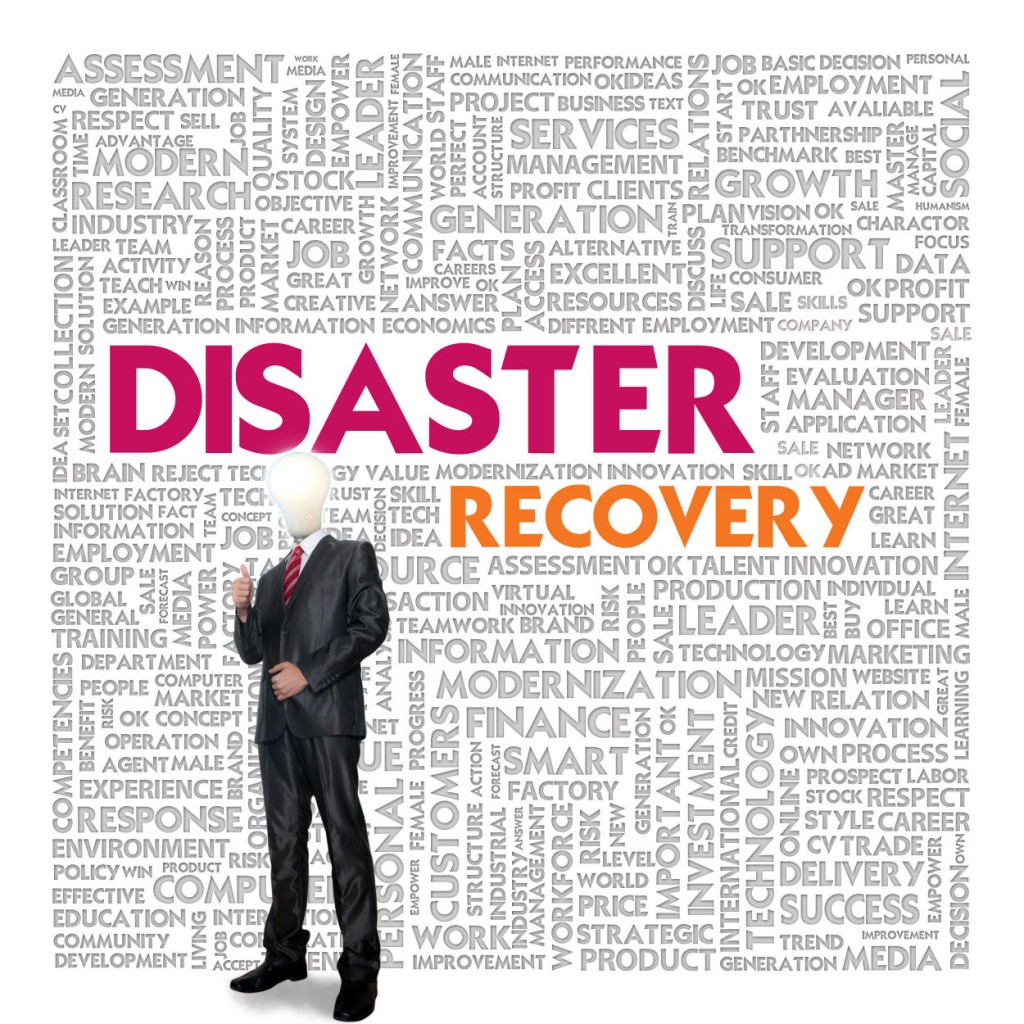In the business world, disaster can strike at any time. Companies can be affected by anything from extreme weather to fires, theft and power cuts. This means it’s imperative for bosses to ensure they have effective disaster recovery (DR) plans in place. However, firms sometimes fall victim to misconceptions concerning these emergency provisions. If you want to boost your business’ resilience in emergency scenarios, keep reading. Here are three common myths about DR that you should be aware of.
1) Testing isn’t necessary
One common mistake made by firms is to assume that once they’ve set up DR systems, they can simply forget about them until and unless they actually need to use them. In fact, it’s important to test these measures regularly. This is the only way to ensure that in the event of a real disaster, the systems will be up to scratch. Testing can iron out any technical problems and it also helps companies to establish whether their DR provisions meet their current business needs. For example, if businesses have generators on standby to provide power in the event of a mains outage, it’s important that they check this equipment on an ongoing basis. Generator specialists Advanced Diesel Engineering Ltd point out that routine testing ensures all elements of these systems remain in full working order.
2) It’s too expensive
Companies often assume that putting an effective DR plan in place will be prohibitively expensive, meaning they see it as an unnecessary luxury rather than a practical necessity. In reality though, improvements in technology mean these measures no longer need to break the bank. For instance, by using cloud-based data recovery solutions, firms can eliminate the need to invest in costly infrastructure. Also, as well as thinking about the costs of setting up contingency measures, it’s important to consider the potentially devastating financial impact of not having suitable solutions in place. It’s worth bearing in mind that a study conducted by Gartner suggested that 40 per cent of firms that experience a major disaster will go out of business if they can’t regain access to their data within 24 hours.
3) DR plans are rarely needed
Another mistake that businesses often make is to assume that DR plans are not usually not needed. In fact, many firms find they need to make use of these emergency provisions. Indeed, a global IT study conducted by EMC in December 2014 found that 64 per cent of companies said they had experienced downtime or data loss over the previous year. This highlights the importance of having effective backup measures in place.
Given the critical role that effective DR can play in protecting your business’ long-term success, it’s vital that you separate fact from fiction and put suitable contingency provisions in place.
